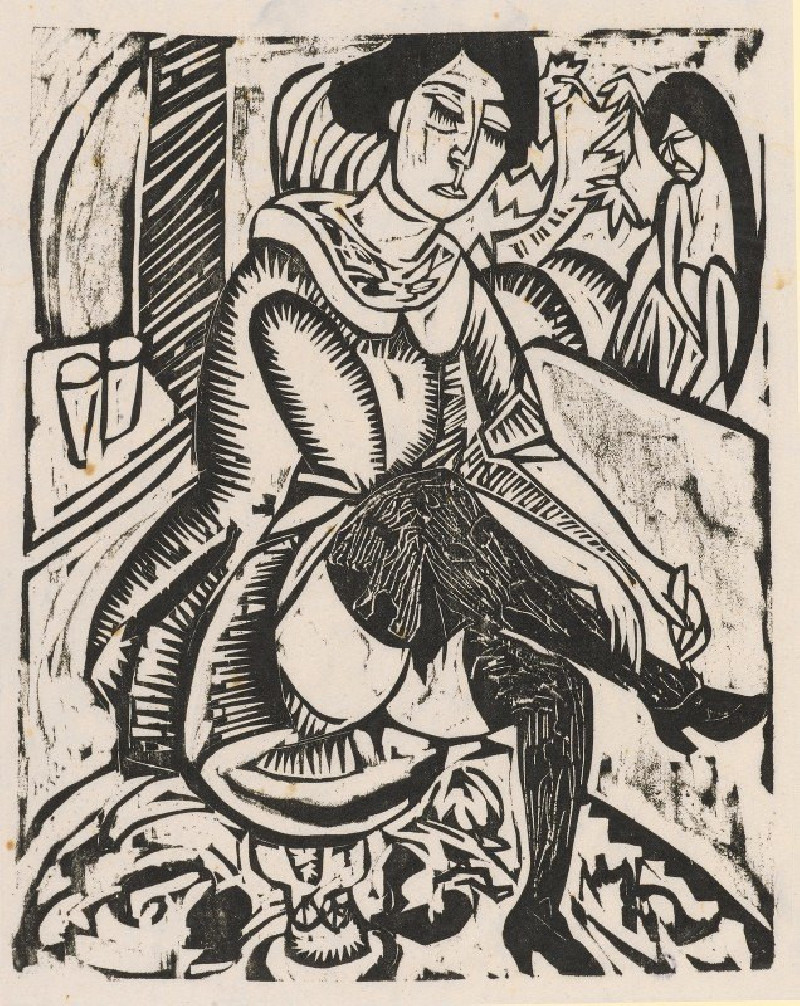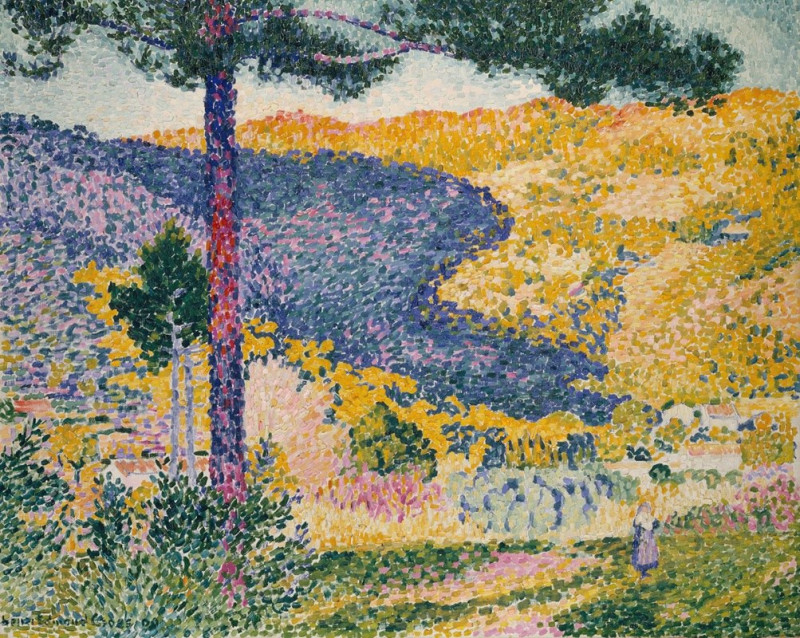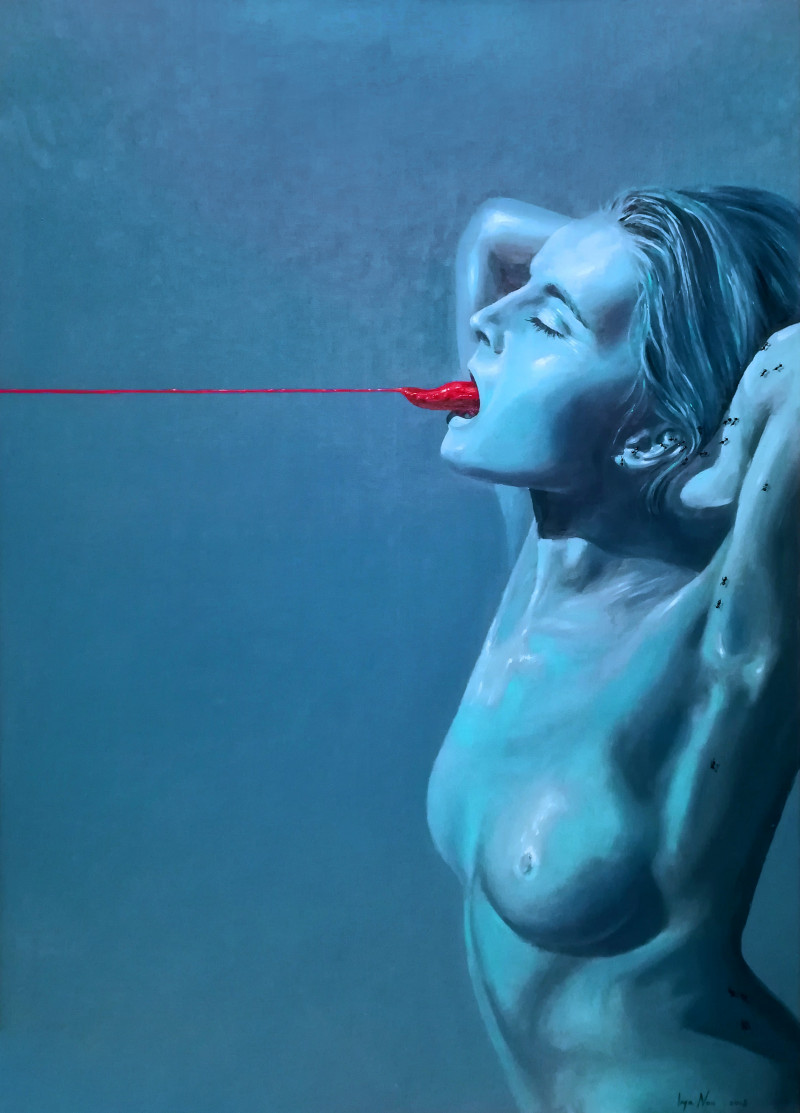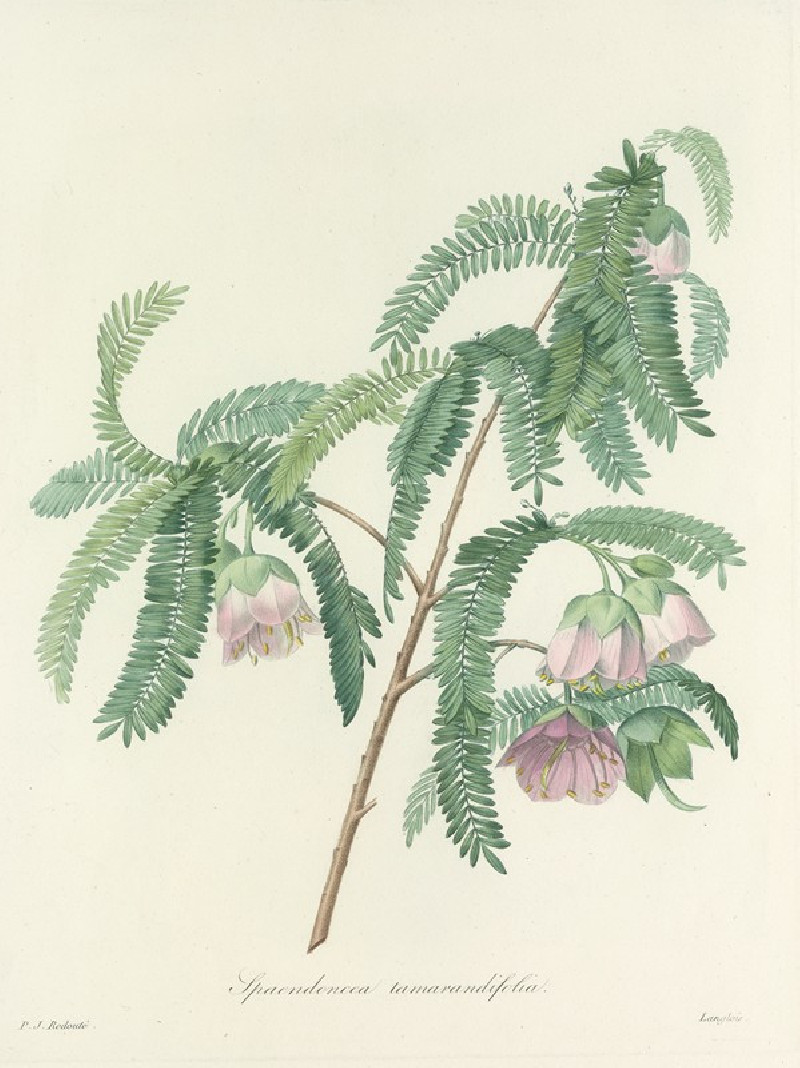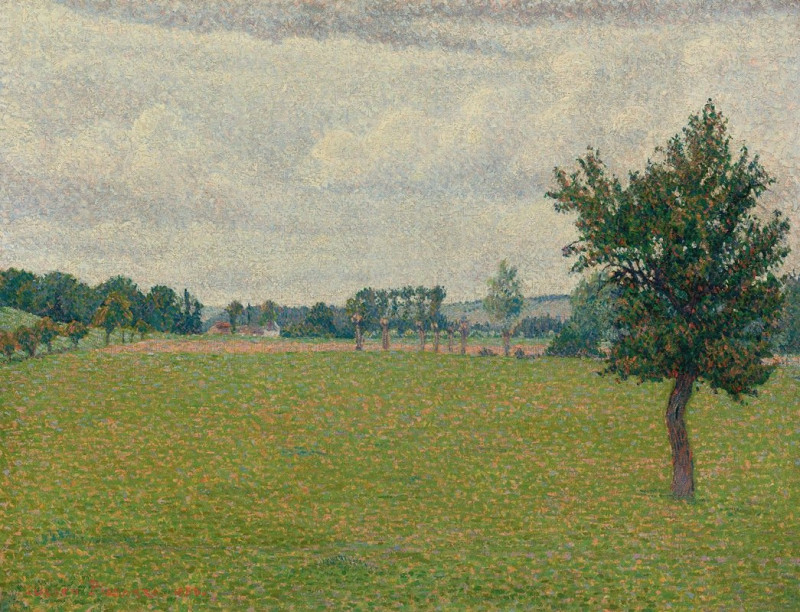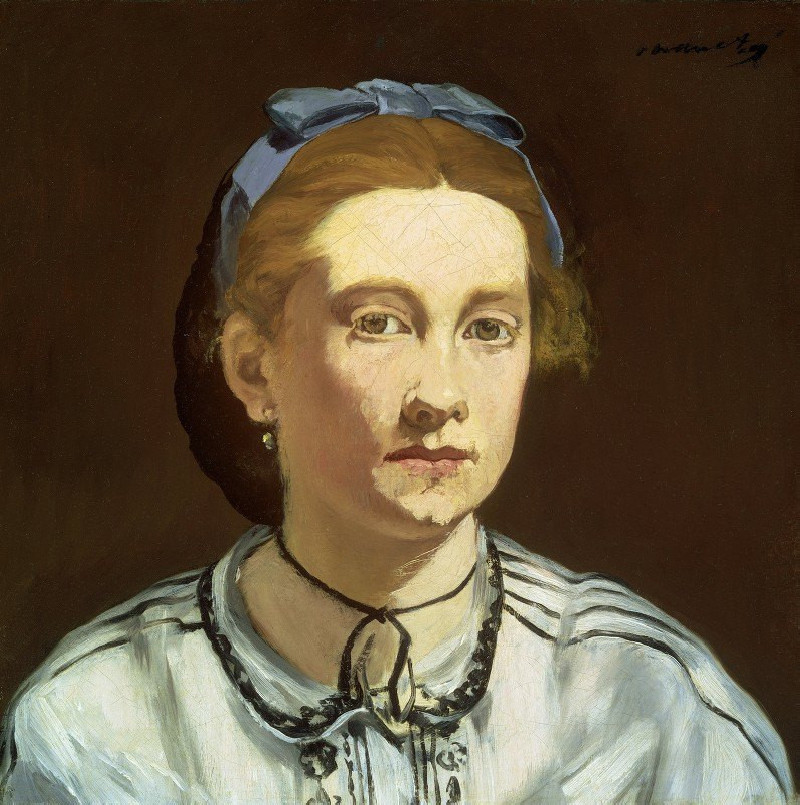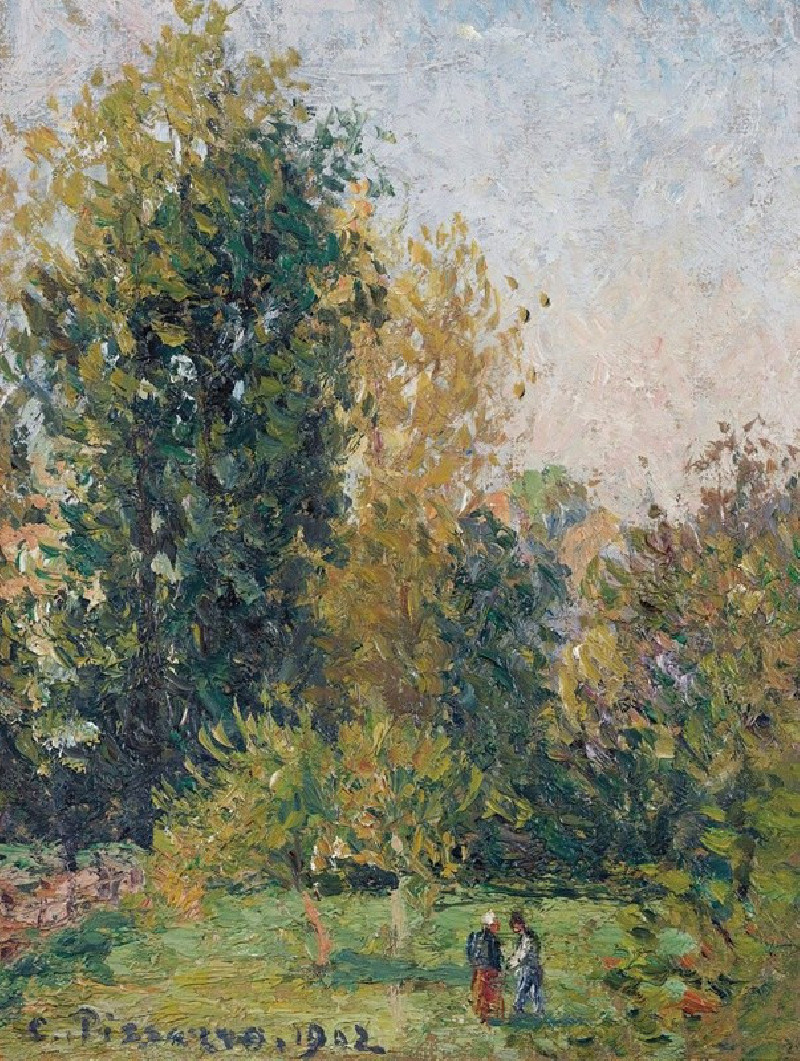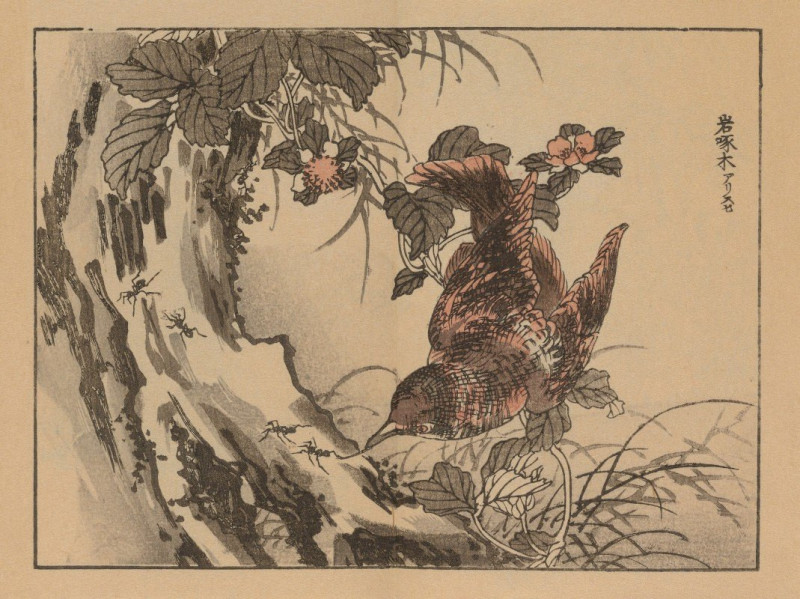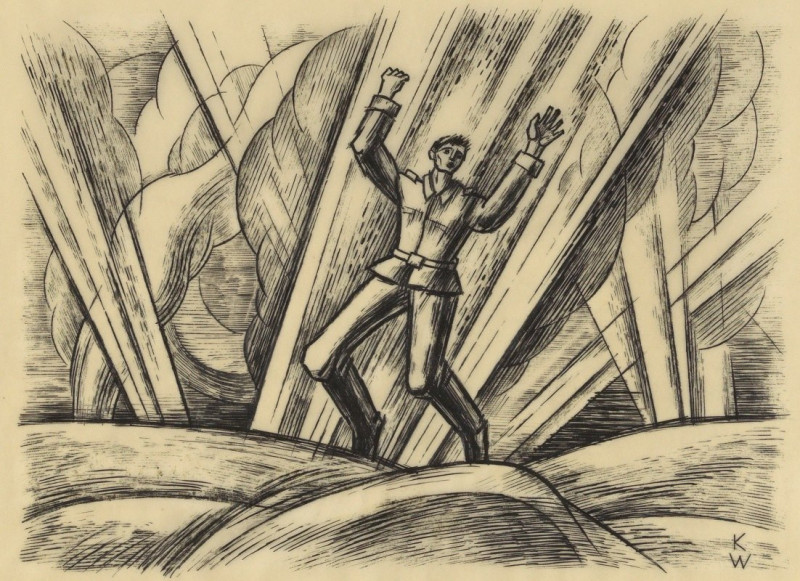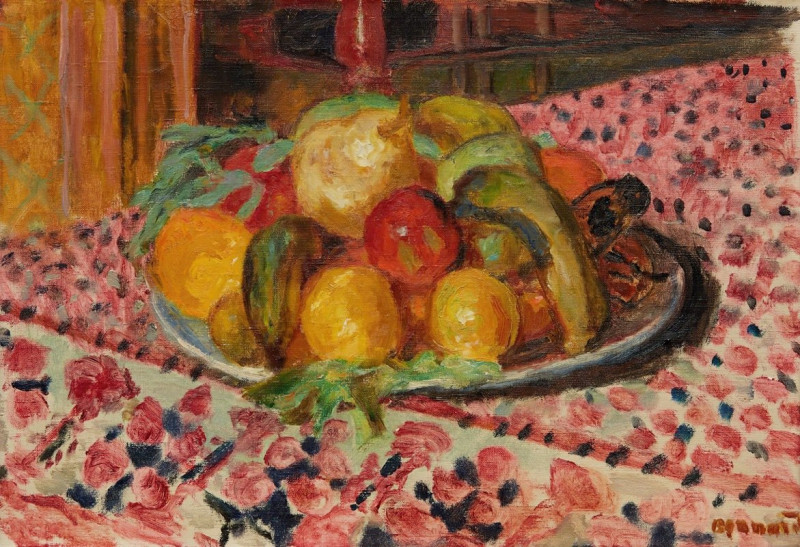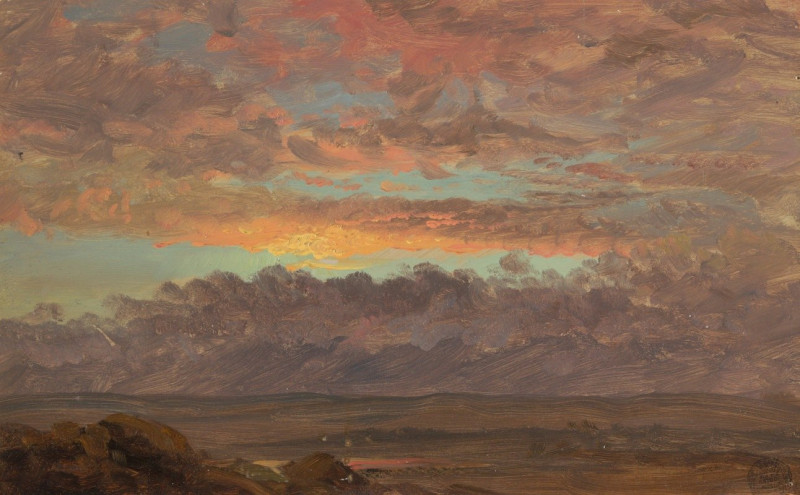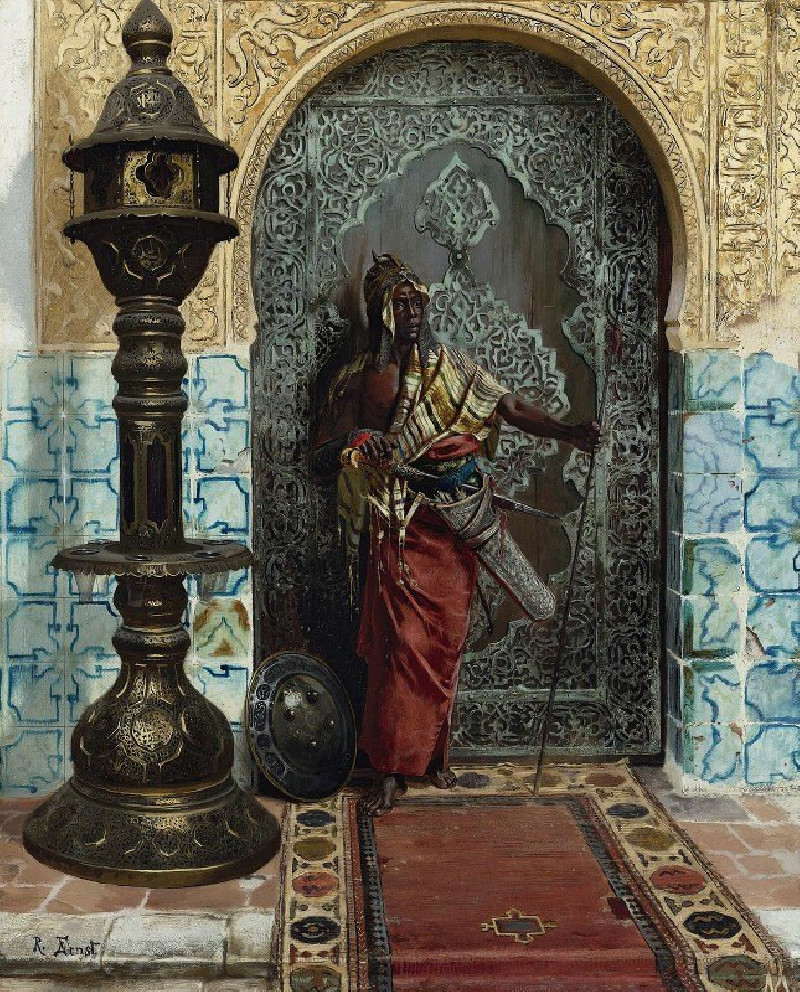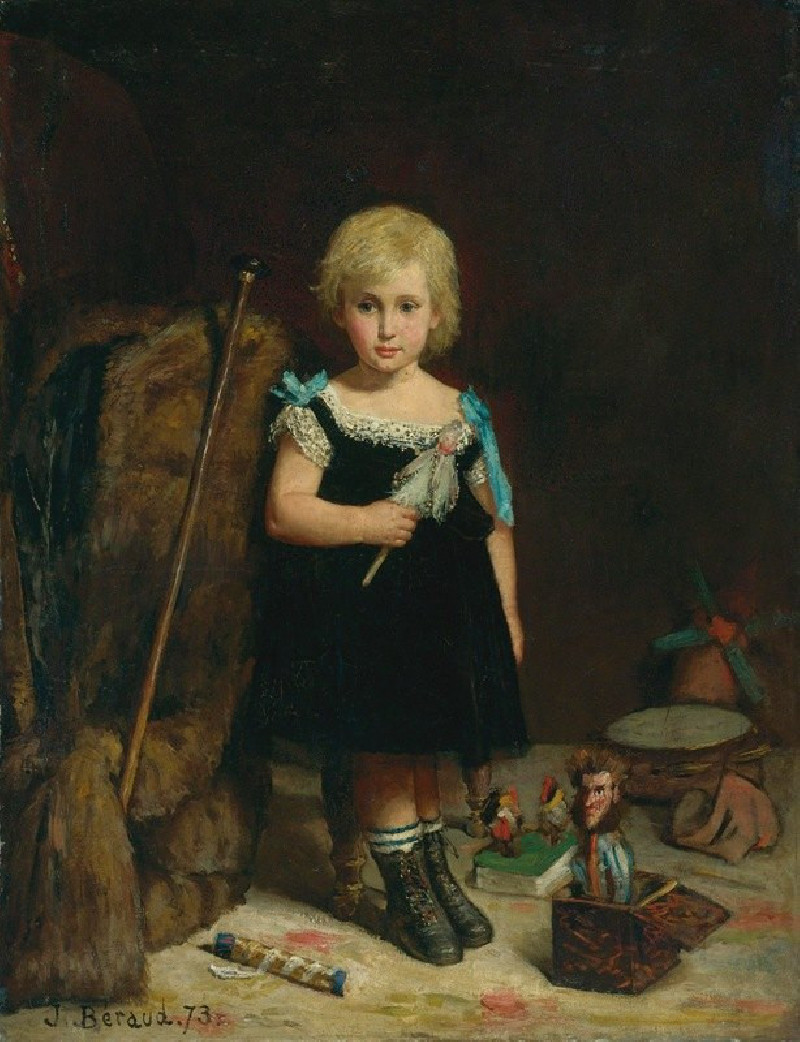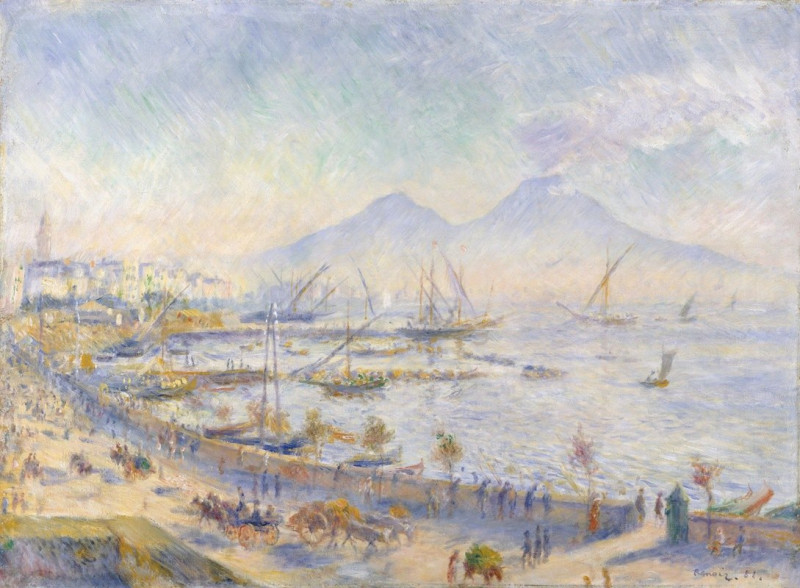Frau, Schuh zuknöpfend (1912)
Technique: Giclée quality print
Recommended by our customers
More about this artwork
Ernst Ludwig Kirchner, a leading figure in the German Expressionist movement, created the intriguing woodcut "Frau, Schuh zuknöpfend" in 1912. This artwork features a striking depiction of a woman engaging in the simple, yet intimate act of buttoning her shoe. Characteristic of Kirchner's style, the lines are bold and the composition is dynamic, encapsulating an intensity that translates ordinary moments into visually compelling narratives.The central figure is rendered with angular lines and sharp contours, highlighting the Expressionist focus on emotional expression over physical accuracy. The woman is portrayed seated, her posture slightly tilted, creating a sense of motion and immediacy. The background consists of simplified forms and stark patterns, rich in contrast, which not only sets a vivid backdrop but also accentuates the subject’s actions and emotional state. Noticeably, there is a secondary figure in the backdrop, almost ghostlike, adding a layer of complexity and perhaps hinting at a deeper narrative or emotion lurking beyond the immediate scene.Kirchner's work is a testament to the Expressionist movement's exploration of human experience, emotion, and the psychological undercurrents of everyday activities. In "Frau, Schuh zuknöpfend," the simple act of buttoning a shoe transcends its mundanity, inviting viewers to contemplate the inner life and state of the portrayed individual.
Delivery
Returns
Ernst Ludwig Kirchner (1880–1938) was one of the most important German Expressionist painters. He was a co-founder of Die Brücke, a group of German expressionist artists formed in Dresden in 1905. Die Brücke and Kirchner took inspiration from Vincent Van Gogh and Edvard Munch, as well as African and Oceanic art. They used woodblock printing as a medium to showcase their signature style: flat, unrealistic images with vivid colors. The recurring themes in Kirchner's artworks included exotic cultures, faraway landscapes, self-portraits, dancers and Berlin street life. His paintings and prints effectively portrayed non-European cultures despite the fact that he never traveled outside of Europe.

